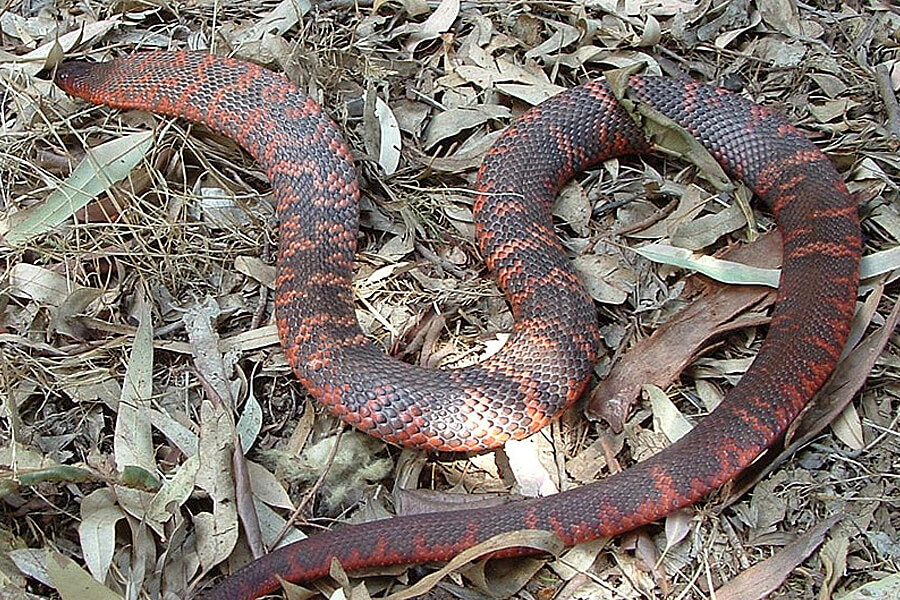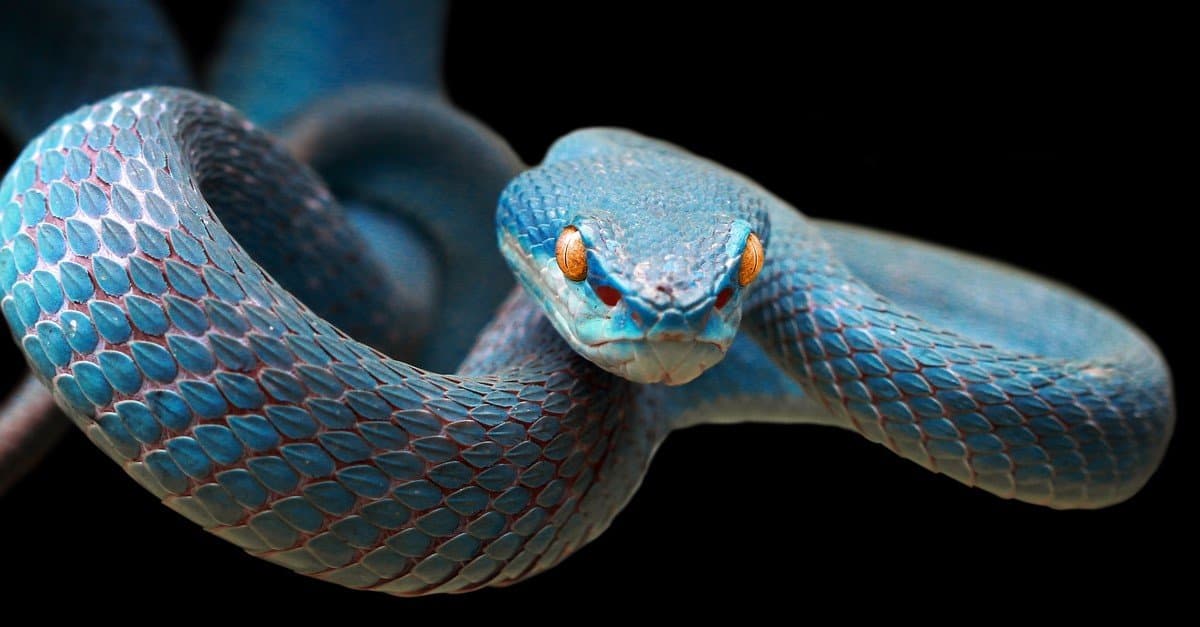Introduction
When it involves the remarkable world of serpents, few types record the creativity fairly like the infant tiger snake. Recognized for their distinctive coloration and powerful venom, these snakes are an essential part of Australia's one-of-a-kind ecosystem. In this thorough write-up, we will certainly delve into various aspects of infant tiger snakes, including their habits, environment, and exactly how to securely communicate with them. Whether you're a wild animals fanatic or merely interested about these animals, recognizing child tiger serpents can help foster a deeper appreciation for nature.
Baby Tiger Snakes: What You Required to Find Out About Their Actions and Habitat
What Are Baby Tiger Snakes?
Baby tiger serpents are adolescent forms of the highly venomous species understood scientifically as Notechis scutatus These serpents are largely found in seaside regions of Australia, particularly in Tasmania and southerly different types of snakes Victoria. As they expand, their coloration changes from an extra muted palette to the particular yellow and black bands that provide their name.
One significant facet of baby tiger snakes is their dimension; hatchlings commonly determine around 25-30 centimeters in size. Despite their little stature, they possess a shocking quantity of poison that can be detrimental to people if bitten.


Physical Characteristics
Tiger snakes have several vital physical attributes:
- Coloration: The distinctive banding pattern frequently comes to be much more noticable as they mature. Size: Adults can reach sizes of as much as 2 meters. Body Shape: They have a robust body that assists in swimming and earthbound movement.
Where Do Baby Tiger Snakes Live? Understanding Their Habitat
Understanding the habitat preferences of child tiger snakes is crucial for both conservation initiatives and public safety. These snakes thrive in numerous environments:
- Wetlands: Marshes and swamps give adequate hunting grounds. Coastal Regions: Often located near beaches where they can quest for prey. Woodlands: Thick plants supplies cover from predators.
Geographical Distribution
Tiger serpents are predominantly found along Australia's southern coastline, including:
- Tasmania: Home to one of the most well-known populations. Victoria: Particularly in areas near water bodies.
Are Tiger Snakes Venomous? A Deep Study Their Venom
One typical concern arises when reviewing baby tiger serpents: "Are tiger serpents poisonous?" The response is an unquestionable yes!
Venom Composition
The venom of tiger snakes has neurotoxins that can trigger paralysis, coagulopathy (blood clot concerns), and possibly death if untreated. Here's what you need to recognize:
- Effects on Humans: An attack from a tiger snake can cause symptoms like swelling, pain at the bite site, nausea, and even respiratory system failure.
Comparison with Various other Poisonous Snakes
In comparison to other Australian snakes such as the eastern brown snake or king brown serpent, tiger snake venom is considered amongst one of the most powerful. Nevertheless, casualties are rare due to improved clinical therapies and access to antivenom.
Behavioral Patterns of Child Tiger Snakes
Understanding how child tiger snakes act is important for those who live in or see areas where these reptiles are prevalent.
Nocturnal Habits
Most baby tiger snakes show Safety and Prevention nighttime actions. They tend to forage for food during cooler night temperatures. This flexibility helps them stay clear of killers while improving their searching efficiency.

Hunting Techniques
Their hunting strategies include:
- Ambush Predation: Waiting still until victim comes close. Active Foraging: Proactively relocating with plants or along rivers trying to find food.
First Aid for Serpent Bites: What You Ought to Know
Despite being interesting creatures, experiences with child tiger serpents can bring about hazardous situations if attacks occur. Knowing emergency treatment treatments can conserve lives.
Immediate Steps After a Bite
Remain calmness; panic boosts heart rate. Immobilize the affected arm or leg making use of a splint or bandage. Seek prompt medical interest-- antivenom may be necessary.Creating a Serpent Bite First Aid Kit
A well-prepared first aid kit need to consist of:
|Thing|Purpose|| ------------------------------|--------------------------------------|| Compression plaster|To incapacitate the limb|| Splint|Maintains broken bones or Learn more joints|| Antihistamines|Minimizes allergies|| Emergency call numbers|Quick accessibility throughout emergency situations|
Common Misconceptions Concerning Tiger Snakes Debunked
Many myths border these intriguing reptiles; let's clear up some misunderstandings generally held by people.
Myth # 1: All Tiger Snakes Are Aggressive
While some individuals may display protective actions when threatened, not all tiger snakes display aggressiveness in the direction of humans unless provoked.
Myth # 2: Child Tiger Snakes Are Less Dangerous Than Adults
This misconception can not be additionally from the truth! Baby tiger serpents contain almost as much poison as grownups about their size; therefore they pose substantial dangers if bitten.
FAQs Regarding Baby Tiger Snakes
What do infant tiger snakes eat?- They largely take in little creatures, birds, frogs, and fish.
- Look for slim bodies with pale banding patterns that end up being much more pronounced as they mature.
- Yes! Birds of target and bigger reptiles might target them.
- Typically every couple of weeks as they grow rapidly throughout their very early life stages.
- While some people do maintain them unlawfully without permits as a result of their unsafe nature; it's normally not recommended offered their venomous status.
- With prompt clinical treatment-- including antivenom-- the survival rate is high!
Conclusion
In recap, understanding child tiger serpents-- what they consume, where they live, exactly how they act-- can furnish us with important expertise concerning these impressive yet unsafe animals. The relevance of education and learning surrounding emergency treatment actions can not be overstated; knowing exactly how to respond effectively after a bite could conserve lives while fostering respect for our wriggling neighbors within Australia's abundant biodiversity range.
By appreciating these serpents' functions within environments-- and identifying potential hazards-- we promote conjunction instead of fear-based responses toward one another's presence in nature's grand tapestry! Whether you're a devoted walker considering your next experience or just curious regarding local wildlife encounters near home-- this guide serves as your relied on recommendation factor on the enigmatic world populated by our good friends-- the amazing baby tiger snake!